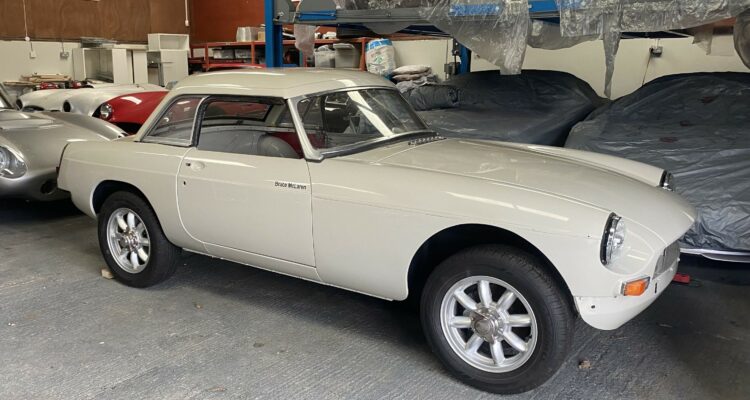How To – Replace Your Water Pump
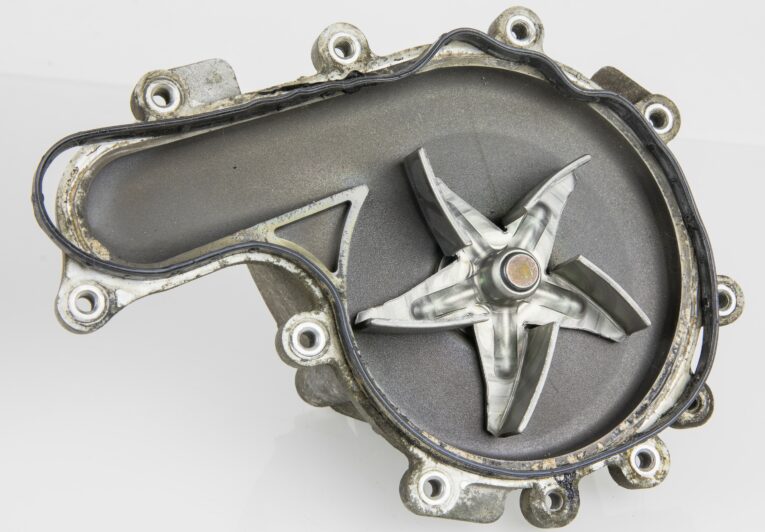
Difficulty
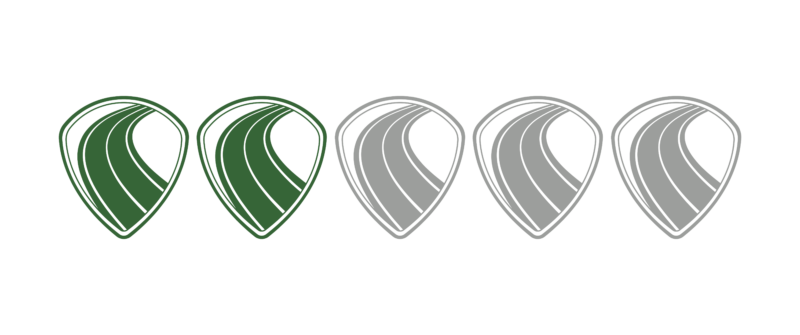
What Do I Need?
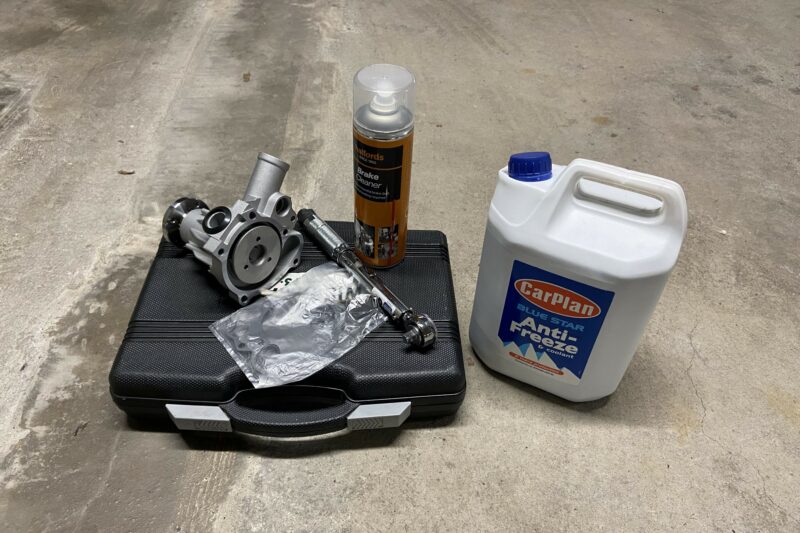
Some basic hand tools (sockets, screwdrivers, pliers etc.)
New water pump and gaskets specific to your vehicle
Fresh coolant/anti-freeze specific to your vehicle
Drain pan or bucket
Brake cleaner
Funnel (optional)
Why Should I?
The old water whirler is in integral part of your classic car’s cooling system. It pumps (surprise, surprise) the coolant from the radiator to the engine, and vice versa, it transports the heated coolant from the engine back to the radiator to be cooled – ad infinitum – or until it breaks, which can lead to catastrophic damage to your engine due to overheating. The water pump should be treated as a consumable item and is usually included as part of any major service or timing belt change so it is imperative to keep your eye (and ear) on the thing to ensure it’s operating effectively.
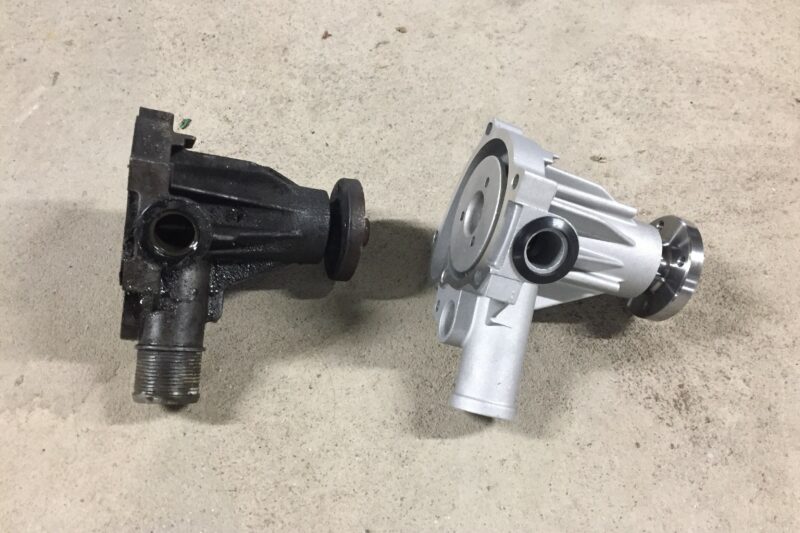
Your water pump is working continuously whenever your engine is running and as such, over time, it will wear out. Whether this be simply from age, lack of coolant and not adhering to coolant flush intervals, an over-tightened drive belt or seized parts, a failed water pump is bad news. Signs of a worn pump can include a slow loss of coolant, rattling or grinding noises from the pump itself and an increase in overall engine temperature. Generally speaking they are not repairable and a replacement is the only option if yours has thrown it’s toys out of the pram so join us as we show you how to go about swapping it out.
Talk Me Through It
NB: You may have to remove the fan shroud, fan and/or radiator on some vehicles to allow access to the water pump.
1) Make sure you have room under the car to place a bucket or drain pan and with a cold engine drain the coolant from the system via the drain plug (if present) or the lowest part – usually the lower radiator hose.
2) Loosen the water pump pulley bolts and then slacken the drive belt in accordance with your particular car’s service manual and remove it from the water pump pulley.
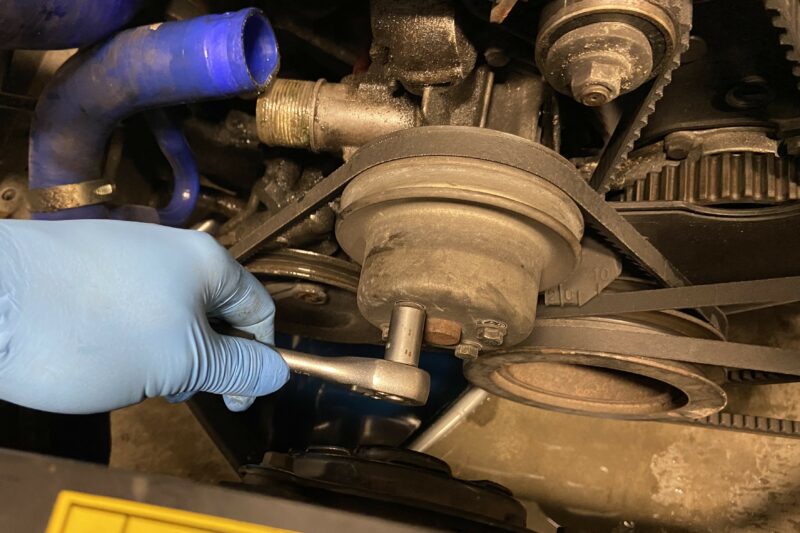
3) Undo the fixings holding the pulley to the water pump and remove the pulley along with any pipes and hoses attached to the pump.
4) Undo the fixings that attach the water pump to the engine and remove the pump along with any gaskets and clean up the mating surface of the engine where the water pump attaches.
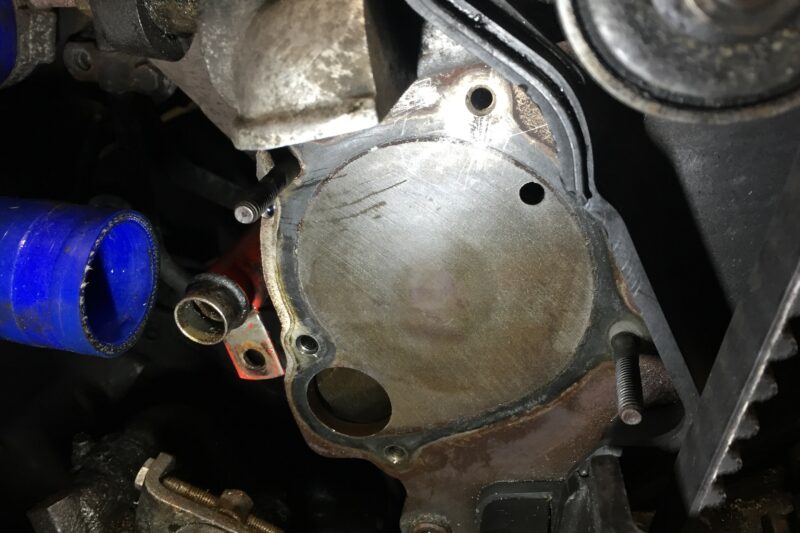
5) Re-install a new water pump and gaskets along with any fittings you removed in step 3 (with new clamps and hoses if necessary) and torque all fixings to spec.
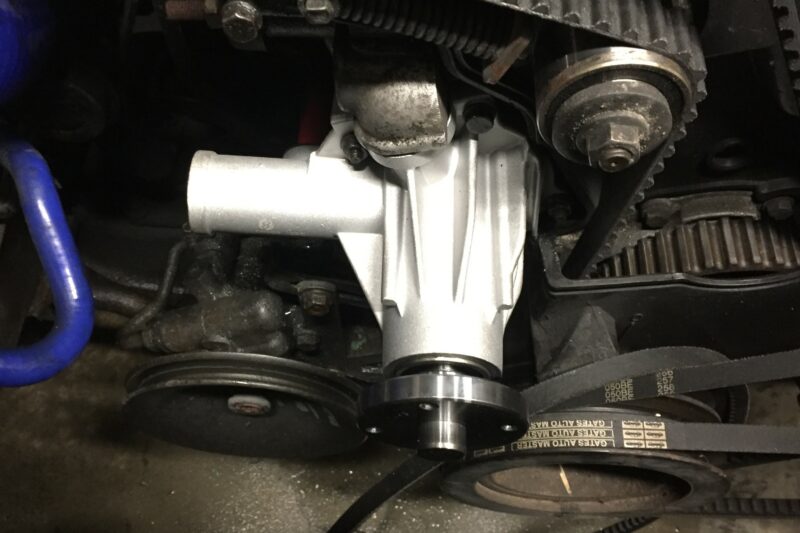
6) Re-attach the pulley and re-tighten the drive belt then refill the system with the correct coolant for your particular application, checking for any leaks.
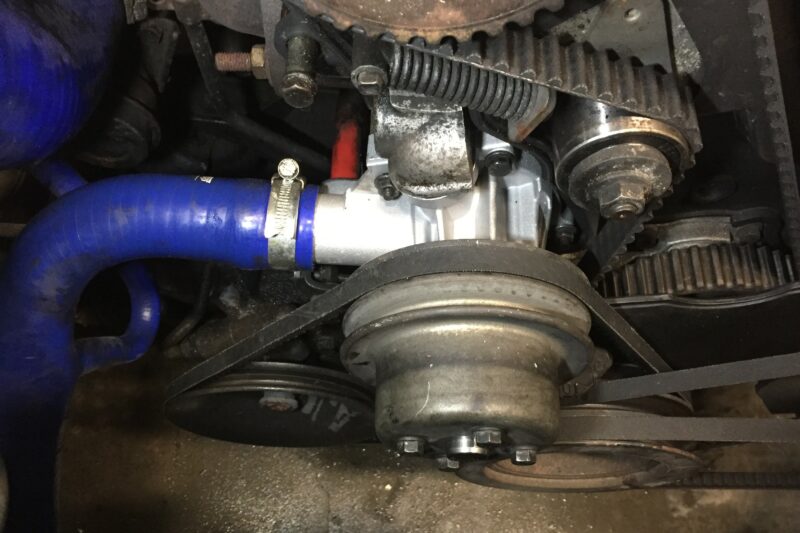
7) As with any coolant flush run the engine with the radiator/expansion tank cap off to purge the system of any air, topping up with fresh coolant as necessary. Replace the radiator/expansion cap.
8) Go for a blast and monitor the temperature gauge. Check again for any leaks and continue to top up the coolant regularly over the next few days as required.
Conclusion
Along with the radiator, thermostat and proper coolant type/levels your car’s water pump is an essential component of the cooling system and we all know that an engine that is allowed to overheat is a disaster waiting to happen. Nobody wants to be a member of the ‘don’t let this happen to you crowd’ and what with water pumps being generally inexpensive items that can be fairly easily swapped out if you have a half decent socket set and the will to give it a go then there really is no reason not to have a crack and add this to your ever-growing classic car maintenance skill set.

